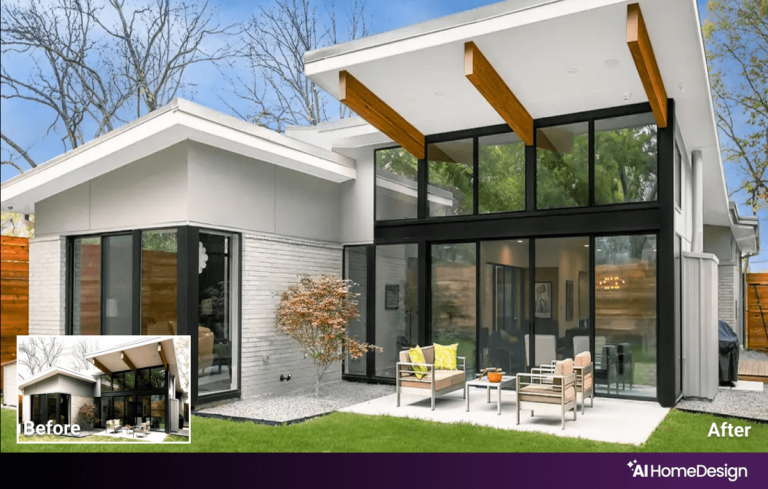Salar Davari
I’m Salar Davari, the CEO of AIHomeDesign.com, where we leverage artificial intelligence to revolutionize real estate marketing. Backed by my deep expertise in AI and computer vision, we’re pioneering a new approach to real estate photo editing, making it more efficient, cost-effective, accessible, and instant!
Through AIHomeDesign.com, we’re not just enhancing images – we’re altering perspectives. Our endeavor revolves around streamlining the real estate photo editing process, infusing it with efficiency and accessibility.
If you are as passionate as I am about innovative solutions for the real estate sector, or you’d like to explore how AIHomeDesign can enhance your property marketing, I would love to connect. Let’s lead the change together in the real estate marketing landscape!

